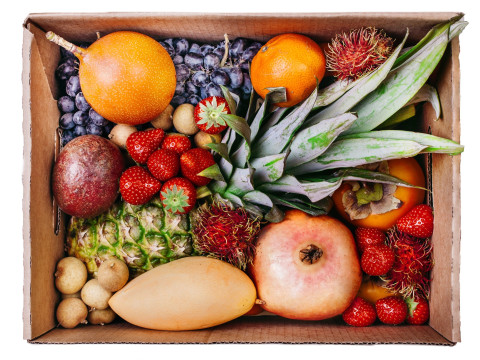How to choose the right moisture meter for grain crops
Moisture meter for of grain crops - important equipment for agronomists and farmers, which allows to control the moisture level of grain. The correct choice of moisture meter will help to avoid problems with storage and ensure high quality of the harvest. In this article, we will consider the main criteria for choosing a moisture meter for grain crops and tips for its use.
1. How the hygrometer works Hygrometers can use different methods of measuring humidity:
Capacitive hygrometers measure humidity based on the change in capacitance between two electrodes. They are suitable for most grain crops and provide high accuracy.
Resistive moisture meters determine the humidity of the change in resistance between two electrodes. This method is suitable for grain that has a uniform size and texture.
Infrared moisture meters use infrared radiation to determine moisture content. They offer high accuracy and fast measurement, but can be more expensive.
2. Measuring range and accuracy It is important to consider the measuring range of the moisture meter to match the type of grain you are going to measure. For most cereals, a range of 8% to 30% is sufficient. Measurement accuracy also plays a key role - choose a hygrometer with high accuracy to avoid errors in calculations and storage.
3. How to calibrate and adjust Make sure the moisture meter you choose has a simple calibration and adjustment process. Some models require regular calibration to maintain accurate measurements. Pay attention to the presence of pre-installed programs for different types of grain or their addition.
4. Convenience and ergonomics When choosing a hygrometer, it is important to consider its ease of use. It should be light, comfortable in the hand and have a simple interface. The presence of screen illumination and intuitive control buttons will help make work more comfortable.
5. Additional features and capabilities Some moisture meters are equipped with additional features such as:
- Data storage for further analysis.
- Connecting to a computer or mobile device for data transfer.
- Data analysis and plotting humidity graphs.
These functions can be useful for large farms and for detailed grain quality control.
6. Manufacturer's quality and reliability Choose hygrometers from well-known and proven manufacturers, such as HIKMICRO , Dickie-John , Pfeuffer , GROVE. Reliable brands guarantee the quality and durability of equipment, as well as provide service and support.
7. Price and cost of operation Prices for moisture meters can vary greatly depending on features and accuracy. Budget models can cost from 2 to 5 thousand hryvnias, while professional devices can cost 10 thousand hryvnias and more. Also consider the cost of calibration and battery replacement.
Conclusion Choosing a grain moisture meter depends on your needs and budget. Consider the device's principle of operation, measurement range, accuracy, ease of use, and additional features. A well-chosen moisture meter will help you effectively control grain moisture and ensure its quality during storage and processing.






















